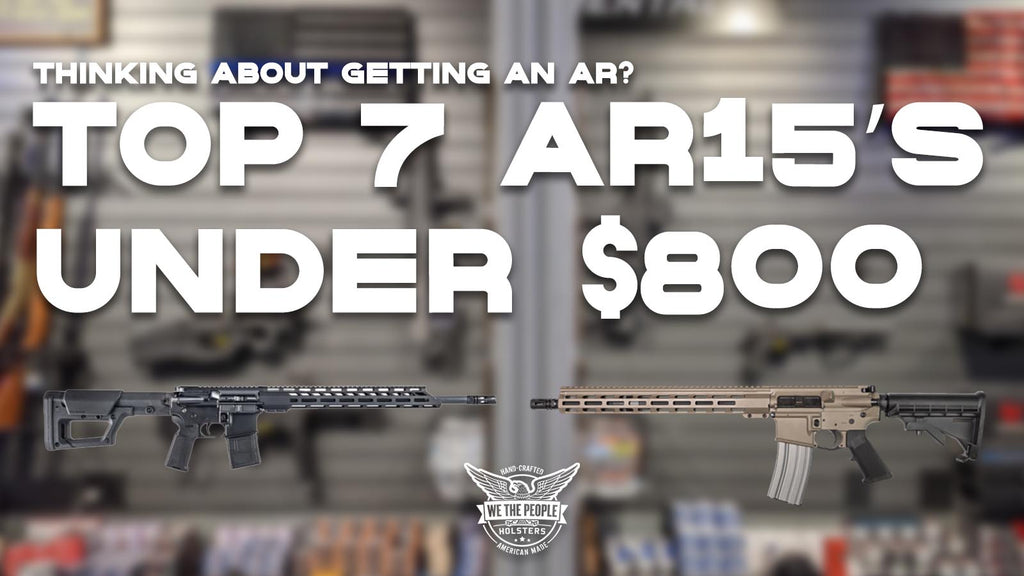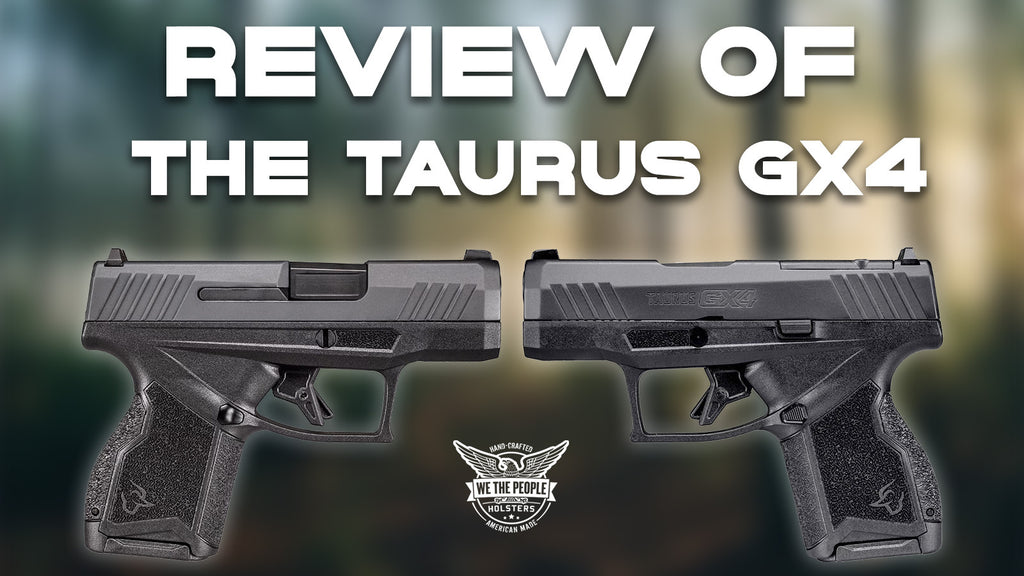1911 History: Maxim and the Spanish–American War
The history of the 1911 pistol can be traced to developments in the field of self-loading firearms and the aftermath of the Spanish–American War.
Maxim Gun

Following the invention of the Maxim gun in 1884 — the first truly automatic machine gun — small-arms designers began experimenting with recoil and gas-operated pistol and rifle actions. John Browning was among the engineers who took inspiration from Maxim’s groundbreaking weapon.
Treaty of Paris and the Moro Rebellion
On December 10, 1898, the United States and Spain signed the Treaty of Paris, ending the Spanish–American War. One of the treaty conditions was that Spain would cede its colonial possessions to the U.S., including the Philippines.
However, following the U.S. victory at the Battle of Manila Bay, Filipino revolutionary Emilio Aguinaldo returned to the Philippines from self-imposed exile to issue the Philippine Declaration of Independence. The First Philippine Republic rejected the conditions of the Treaty of Paris, which led to the Philippine–American War and Moro Rebellion.
In Search of a New Caliber
In the late 19th century, the U.S. Navy adopted the Colt Model 1889 double-action/single-action revolver chambered in .38 Long Colt. Colt supplied a modified variant, the Model 1892, to the U.S. Army. During combat in the Philippines, it became evident that the .38-caliber bullet was ineffective at stopping determined juramentados (Moro swordsmen).

In response to official reports of the .38-caliber round’s inadequacy, the Ordnance Office assembled a two-person board to investigate the topic of caliber and stopping power. Col. John T. Thompson (famous for designing the Thompson submachine gun) from the Ordnance Corps joined Col. Louis A. LaGarde from the Medical Corps.
Together, they conducted tests in 1904 using 10 different handgun cartridges on human cadavers and livestock. The lightest caliber was 7.65mm Luger, and the heaviest was .476 Eley. Thompson and LaGarde concluded that a caliber equal to or larger than .45 was necessary for a handgun to be effective as a military sidearm.
Colt 1911 History: Development and 1907 Trials
In response, Colt’s technical staff began testing a modified M1902 pistol chambered in a .45-caliber cartridge. The first attempt was unsuccessful, as the modified .45 Colt cartridge was too long to function reliably.
Once it became clear that modifying the existing revolver cartridge wouldn’t work, Colt developed a new round in cooperation with Winchester.
Following the development of this experimental ammunition, Browning and Colt repeatedly revised the design, resulting in the M1905 pistol, which Colt entered into the 1907 U.S. Army pistol trials.

Colt M1905 Pistol - Image source: Wikipedia
Initially announced in 1906, a series of delays postponed the trials until the following year. Several well-known firearms manufacturers submitted weapons for testing, including Luger and Savage. Colt’s weapon showed the most promise. This resulted in additional revisions and tests.

Savage Model 1910 - Image source: Wikipedia
In the final test — requiring the firing of 6,000 rounds — the Savage Model 1910 experienced 37 malfunctions. The Colt-modified Model 1911 pistol experienced zero.
World War I

Colt M1911
By the time American Expeditionary Forces carried the Colt M1911 into the European battlefields of World War I, soldiers had already tested the pistol in battle during the Mexican Border War. The gun had been proven effective. Unfortunately, at the start of the war, only 75,000 pistols were available. Colt and Remington-UMC manufactured more than 640,000 pistols by the end of the war in 1918.
The M1911 Becomes the M1911A1
As World War I ended, the U.S. Army Cavalry Board began exploring ways to improve the handling characteristics of the pistol. Between 1920 and 1922, the Cavalry Board and Springfield Armory recommended a shortened hammer spur, lengthened grip safety, narrower trigger, and arched mainspring housing. Colt submitted sample weapons incorporating these changes to the Ordnance Office in 1923, which it accepted.

Colt M1911A1
In 1926, the Ordnance Committee designated the new pistol the M1911A1. In addition, the new pistol had a shortened and knurled trigger face, relief cuts on the frame behind the trigger, and a wider front sight.
World War II
In 1939, it became increasingly evident that war was inevitable, and the Ordnance Department began requesting bids and issuing “educational order” or “production study” contracts to manufacture the M1911A1 pistol. Three companies became central to wartime pistol production: Colt, Ithaca, and Remington Rand. While Ithaca produced approximately 335,000 pistols during the war, the typewriter company Remington Rand manufactured almost 900,000.
The Colt Commander
Following WWII, Colt began producing the Commander in 1950 — an aluminum-framed 9mm pistol with a 4.25” barrel and 9-round magazine. As the Commander has the same frame size as the Government Model, it’s not less likely to print, but it won’t require as high a ride height to conceal the muzzle in an OWB holster.

Colt Commander Pistol
Colt substituted a steel frame with the Combat Commander, increasing the weight and decreasing the recoil impulse. The aluminum-framed weapon became the Lightweight Commander.
Modern Uses
The U.S. Army formally replaced the M1911A1 in 1985 due to the need for NATO standardization (9mm instead of .45 ACP) and a higher magazine capacity (15 rounds instead of 7). However, law enforcement and special-operations forces (SOF) continue to use 1911-pattern firearms.
MEU(SOC)
The Marine Expeditionary Unit (Special Operations Capable) or MEU(SOC) pistol is a modernized M1911A1-pattern handgun. Designated the M45, the FBI Hostage Rescue Team (HRT) and Force Recon have issued this weapon to their personnel. In the M45A1, the full-size frame has an integral accessory rail for use with lights or lasers.

Colt M45A1 Pistol
Outside of law enforcement and military applications, private citizens carry 1911 pistols for self-defense in the Government Model, Commander, and Officer’s ACP configurations. In addition, competition pistol shooters use 1911 pistols due to the grip angle and crisp, single-action sliding trigger.
What Caliber is a 1911?
Browning and Colt’s technical staff designed the M1911 pistol to fire the .45 ACP (Automatic Colt Pistol) cartridge, which they developed to meet the U.S. Army’s requirement for a more powerful sidearm. As a result, gun owners generally associate the M1911 and M1911A1 with that caliber. Today, 1911-pattern handguns are available in various calibers, from .22 Long Rifle and .380 ACP to 10mm Auto and .50 G.I.
Find the Best 1911 Holster
The 1911 pistol is a weapon born from conflict, and these battle-tested pistols remain popular amongst firearm enthusiasts. If you carry a 1911 pistol for competition, target practice, or self-defense, you’ll find Kydex and leather holsters for both inside and outside-the-waistband carry on our website.
For open or concealed carry while wearing a covering garment, an OWB holster is one of the best options available, especially with the full-size Governmental Model. Carry a Commander or Officer’s ACP? Consider our IWB options for the ultimate in concealment.





